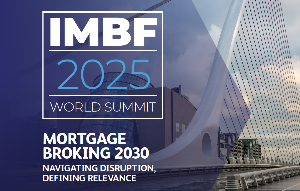
Data from NZFSG shows that main bank mortgage volumes are down 16% from thier 2016 monthly average, second-tier banks such as The Co-Operative Bank, SBS and Sovereign are down 17% but non-bank volumes are up 21%.
Broker Bruce Patten, who is also deputy chairman of NZFSG, said banks were making it difficult to get deals across the line, particularly for lending to fund property developments. He said they were now only dealing with existing clients or those with perfect track records.
Non-bank lenders such as DBR and Cressida were stepping in to pick up a lot of that slack, he said. "But a lot of the time it's touch and go whether they've got the money for it."
Glen McLeod, of Edge Mortgages, said he would only put deals with non-bank lenders as a last resort because it was more expensive.
But he said some developers were opting for non-bank funding and private options, particularly if they thought the opportunity cost warranted it.
Mainstream banks that still offered development funding wanted to see good levels of presales, he said, which put a squeeze on develop profits.
“If you’ve got 10 sites you’re working on and the bank says you have to pre-sell six that takes away the ability to make a profit because to presell them you have to sell at a lower value and there’s only four left to make a profit on.”
Lenders were cracking down on serviceability too, he said, and expected borrowers to have higher levels of income for their loans.
Most of the banks are now testing borrowing against interest rates of 7.5%, rather than the 5% that is still available to borrowers. BNZ recently told brokers that it would no longer offer standalone lending to people buying apartments smaller than 65 sq m.




Comments
No comments yet.
Sign In to add your comment